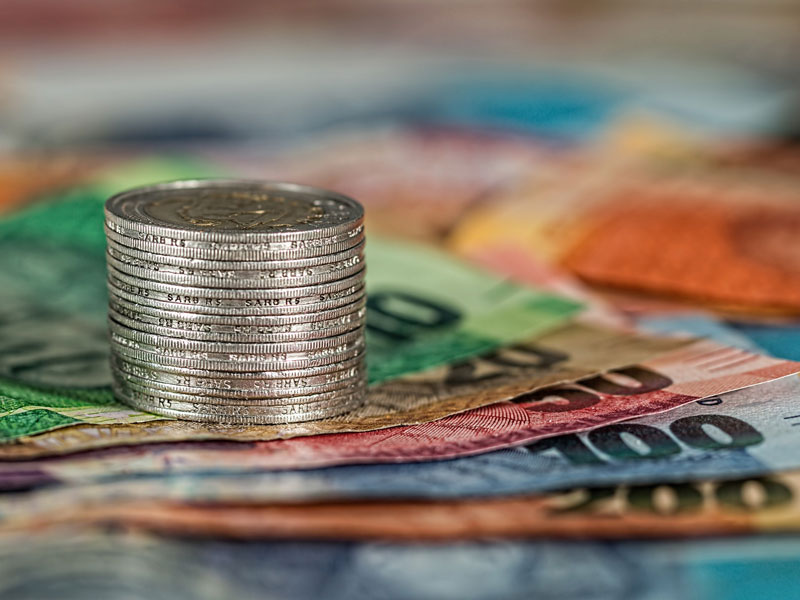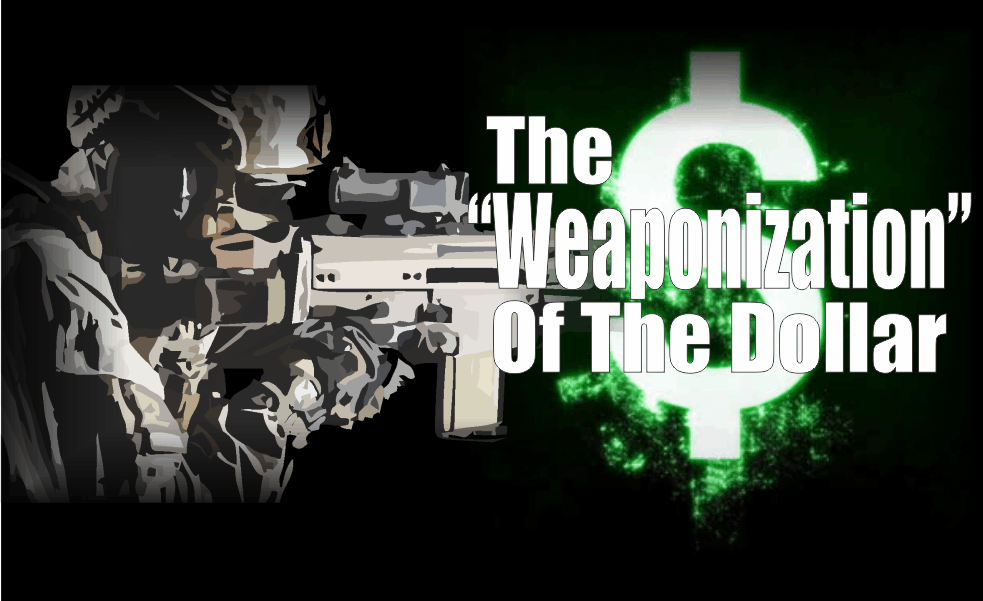“That which has been is that which will be, and that which has been done is that which will be done. So there is nothing new under the sun.”
Ecclesiastes 1:9
The events overtaking Argentina and Turkey in recent months are textbook cases of an emerging market crisis. Both countries have racked up substantial amounts of foreign currency debt despite having limited foreign currency reserves, have high rates of inflation and are running budget deficits. Their situations are the same as Brazil in 2015, the Asian financial crisis of the late 1990s and the Latin American crisis of the early 1980s. This article reviews the build-up for Argentina and Turkey, the break-down, the responses and who else is at risk.
The Build Up
Any review of emerging market crises has to begin with the lenders not the borrowers. There will always be countries, companies and consumers that want to borrow excessively and live it up, but they can only do so if there is a willing lender. This time around, ample liquidity from central bank quantitative easing and yield chasing fuelled by supressed interest rates kick started a global borrowing binge. There’s evidence of this right across developed and emerging market debt, as well as in government, corporate, consumer and financial sector debt.
Now that the US is normalising its monetary policy (quantitative tightening and raising interest rates) and Europe is reducing its quantitative easing, global liquidity is being reduced and yield chasing has pulled back slightly. Emerging market debt, European high yield debt and Chinese shadow banking are the first sectors to show this turnaround. These three sectors all started with high levels of risk and minimal compensation, an unsustainable imbalance.
…click on the above link to read the rest of the article…

















